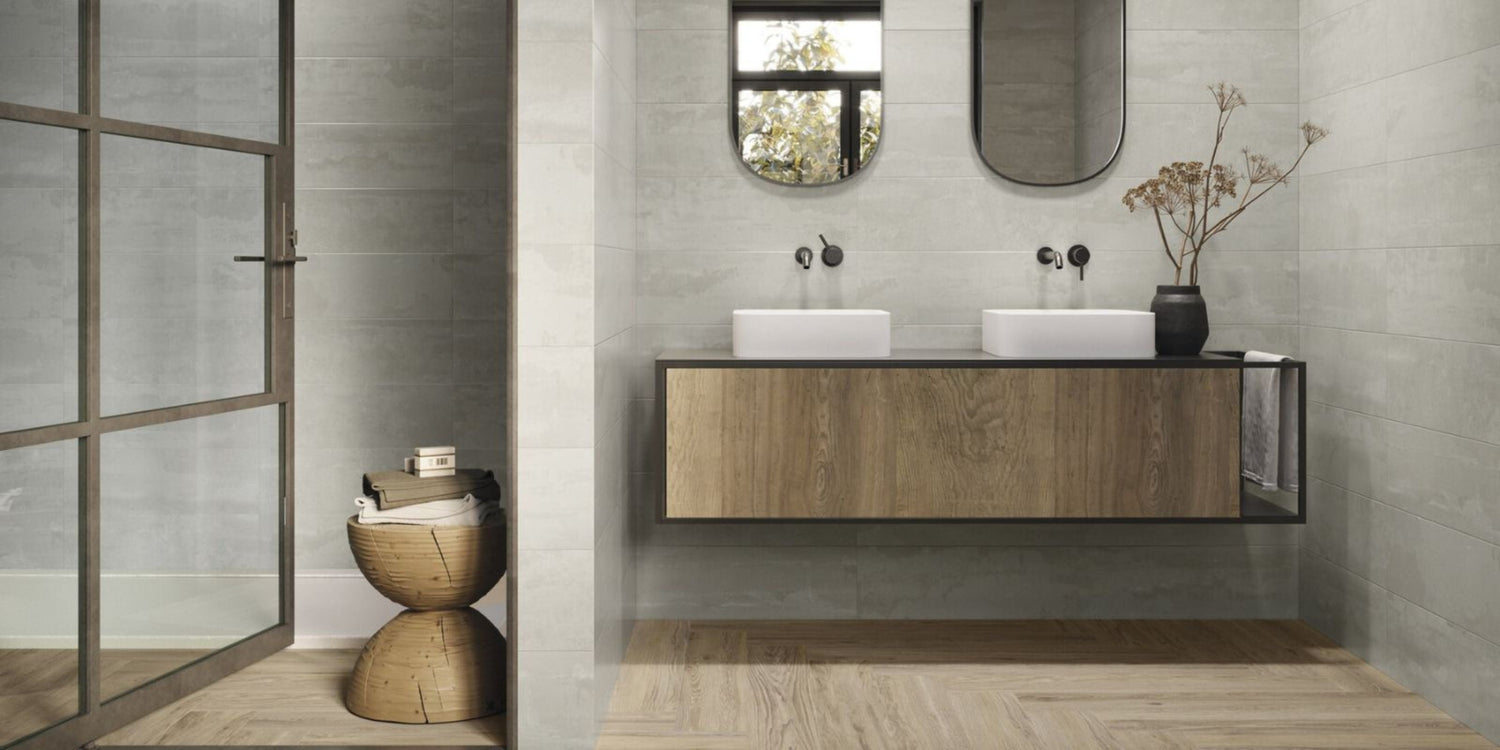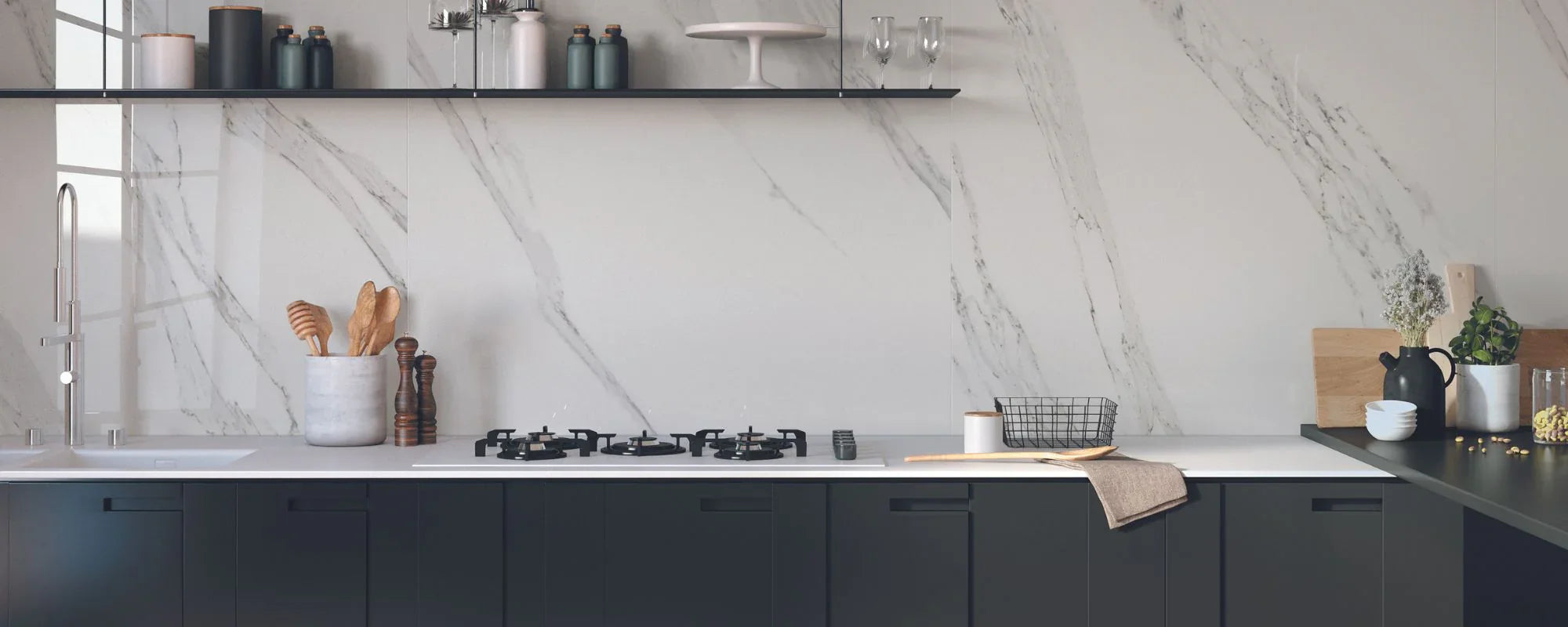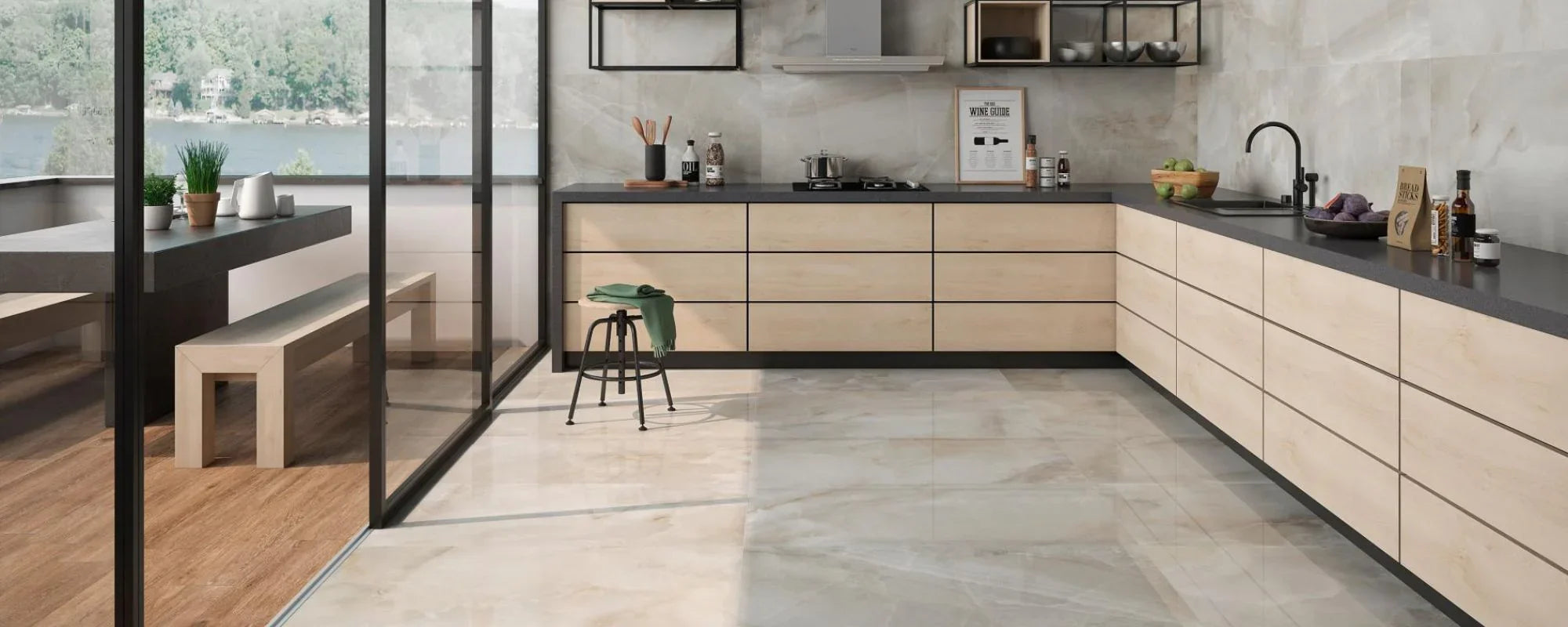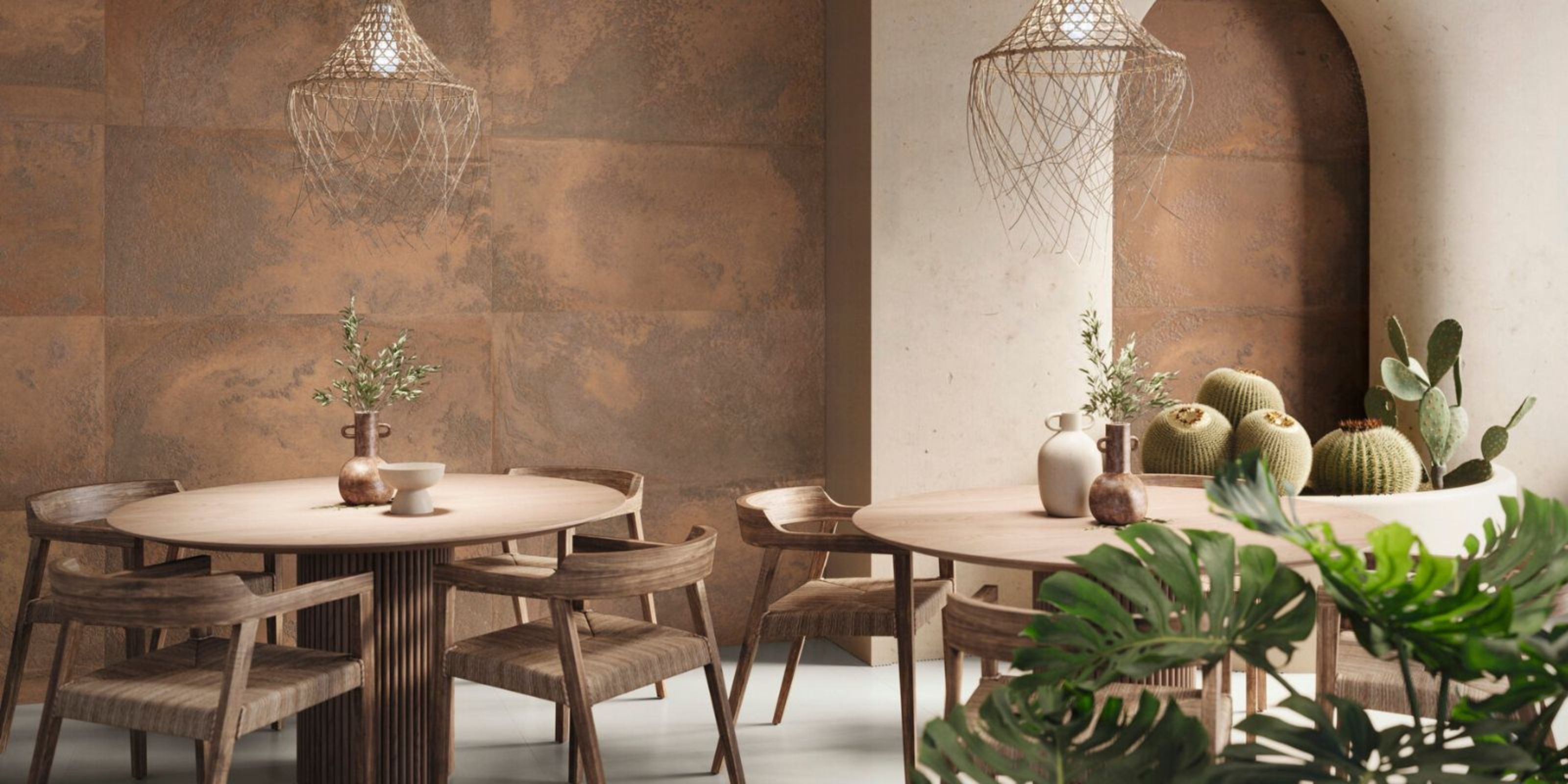
Designing an Outdoor Kitchen
Written by: Halima Bapu
As outdoor living continues to rise in popularity, the outdoor kitchen has become the crown jewel of any garden renovation. In the world of outdoor kitchens, there are endless possibilities for design, features, and functionality to suit every lifestyle, particularly with the help of outdoor kitchen designers . A well-designed outdoor kitchen expands your living space, enhances your home’s value, and transforms mealtime into a social, open-air experience, especially when you look to the best outdoor kitchens, which are versatile spaces with thoughtful layouts and features. Whether you’re looking to create a full gourmet setup with a wood fired pizza oven and multiple cooking equipment, or a simple yet elegant grill area, this guide will walk you through the most important considerations for building the perfect outdoor kitchen and achieving a complete outdoor kitchen setup that perfectly compliments your outdoor living space. Of course, designing an outdoor kitchen is a comprehensive process that involves more than just creating a functional cooking area, it requires attention to various elements and finishing touches for a truly complete space.
From choosing the right location and durable materials to integrating smart features and stylish finishing touches, designing an outdoor kitchen can elevate your outdoor entertaining space, making it a favoured gathering spot for family and friends throughout the seasons and unlocking the full potential of your outdoor space.
Introduction to Outdoor Kitchens
An outdoor kitchen is the ultimate way to transform your outdoor living space into a vibrant hub for cooking, dining, and entertaining, helping you achieve your dream outdoor kitchen . Unlike a simple barbecue setup, outdoor kitchens are thoughtfully designed to provide all the functionality of an indoor space, but with the added enjoyment of fresh air and open skies. Whether you dream of hosting lively gatherings or savouring quiet family meals, a well-planned outdoor kitchen can be tailored to your unique style and needs.
With the expertise of outdoor kitchen designers, you can create a dream outdoor kitchen that seamlessly blends with your garden’s aesthetic. It’s important to coordinate the outdoor kitchen’s style with the rest of the garden and indoor spaces to ensure a cohesive and visually harmonious design. From sleek grills and versatile cooking equipment to statement-making wood fired ovens and modern appliances, there’s a wide range of options to suit every taste. Outdoor kitchens not only make outdoor cooking more convenient and enjoyable, but they also add value and versatility to your home. By carefully considering the layout, style, and features, you can create a space that’s perfect for everything from casual weeknight dinners to unforgettable celebrations with friends and family.
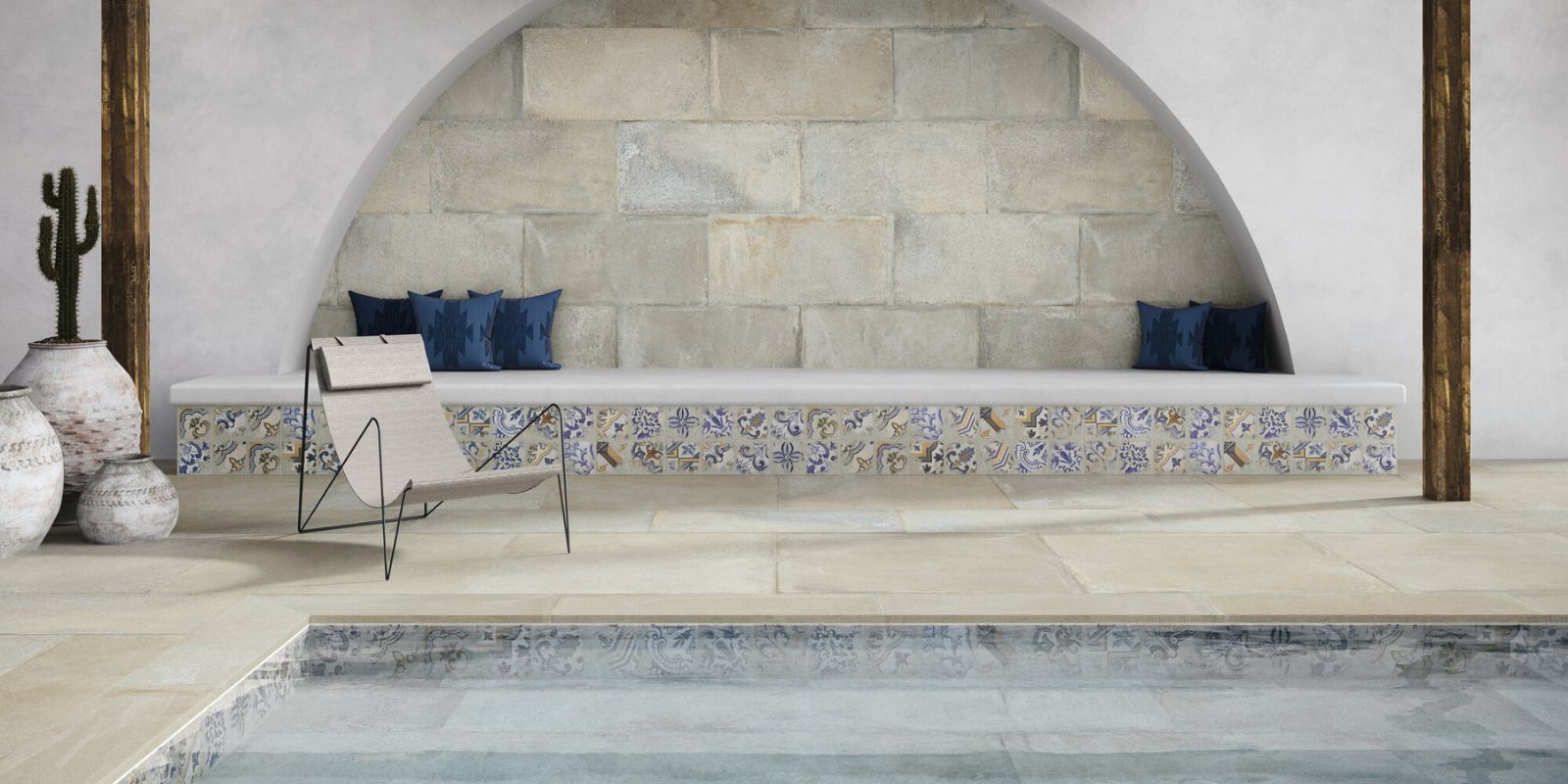
Choosing the Right Location for Your Outdoor Kitchen
Assessing Your Garden Layout
Before construction of a permanent structure begins, carefully consider where your outdoor kitchen will be situated. The location directly affects accessibility, functionality, and ambience. You might choose a corner of the garden for a cosy or space-saving kitchen setup, or place the kitchen at the other end of the garden for a more secluded experience. Do you envision cooking close to the house for convenience, or would you prefer a more secluded space within the garden for an immersive outdoor experience?
Proximity to the Indoor Kitchen
For most homeowners, the ideal location is near the indoor kitchen. Just as indoor kitchens are typically designed for efficiency and convenience, placing your outdoor kitchen nearby to the house simplifies food prep, makes it easier to transport utensils and ingredients, and avoids unnecessary trips through the garden during unpredictable weather.
Wind and Sun Exposure
Evaluate wind patterns and sun exposure in your garden. You want your cooking area sheltered from strong breezes but with adequate ventilation. When planning your outdoor kitchen, optimise its location for comfortable use during the summer months by considering partial shade, incorporating a sink, or installing a pergola to protect against direct sun while preserving an open-air feel.
Planning Your Outdoor Kitchen Layout
Applying the Work Triangle Principle
Just like an indoor kitchen, the efficiency of your outdoor kitchen is often defined by the "work triangle" a layout that connects the grill, preparation space, and storage/refrigeration. This configuration minimises unnecessary movement, making the cooking process smoother and more enjoyable. By thoughtfully positioning these three key areas within easy reach of each other, you can reduce the time and effort spent moving between tasks, allowing you to focus more on cooking and entertaining.
Integrating Zones for Different Functions
Break the kitchen into zones to maximise both functionality and flow:
- Cooking Zone: Incorporate your main cooking appliances such as a grill, wood fired oven, or gas hob. This is the heart of your outdoor kitchen where all the culinary magic happens.
- Prep Zone: Allocate ample counter space for food prep and consider installing an outdoor sink for convenient washing and rinsing. This zone should be close to the cooking area to streamline meal preparation.
- Dining Zone: Integrate a dedicated dining area nearby, with comfortable furniture such as a dining table, bar area, or built-in seating, to create a welcoming space where guests can relax and enjoy meals. This encourages social interaction and makes your outdoor kitchen a true entertaining hub.
- Storage Zone: Use weatherproof cabinetry and storage boxes, along with built-in fixtures for organization and style, to house utensils, tools, and non-perishable items securely. Having enough space for essentials at hand keeps your kitchen organised and efficient.
There are many different options for configuring each zone, including a dining table, to suit your preferences, space, and budget, allowing you to create a setup that works best for your needs.
Creating clear zones not only helps structure the dining area but also supports multitasking when hosting guests, making your outdoor kitchen a seamless extension of your indoor space.
Planning for Utilities
Ensure proper access to essential utilities such as electricity, water, and gas if needed. This includes planning for power outlets to accommodate lighting, appliances, and other electrical needs. Installing plumbing for sinks or outdoor dishwashers requires professional consultation to ensure safety and compliance with local building codes. Thoughtful utility planning makes your outdoor kitchen highly functional and suitable for year-round use.
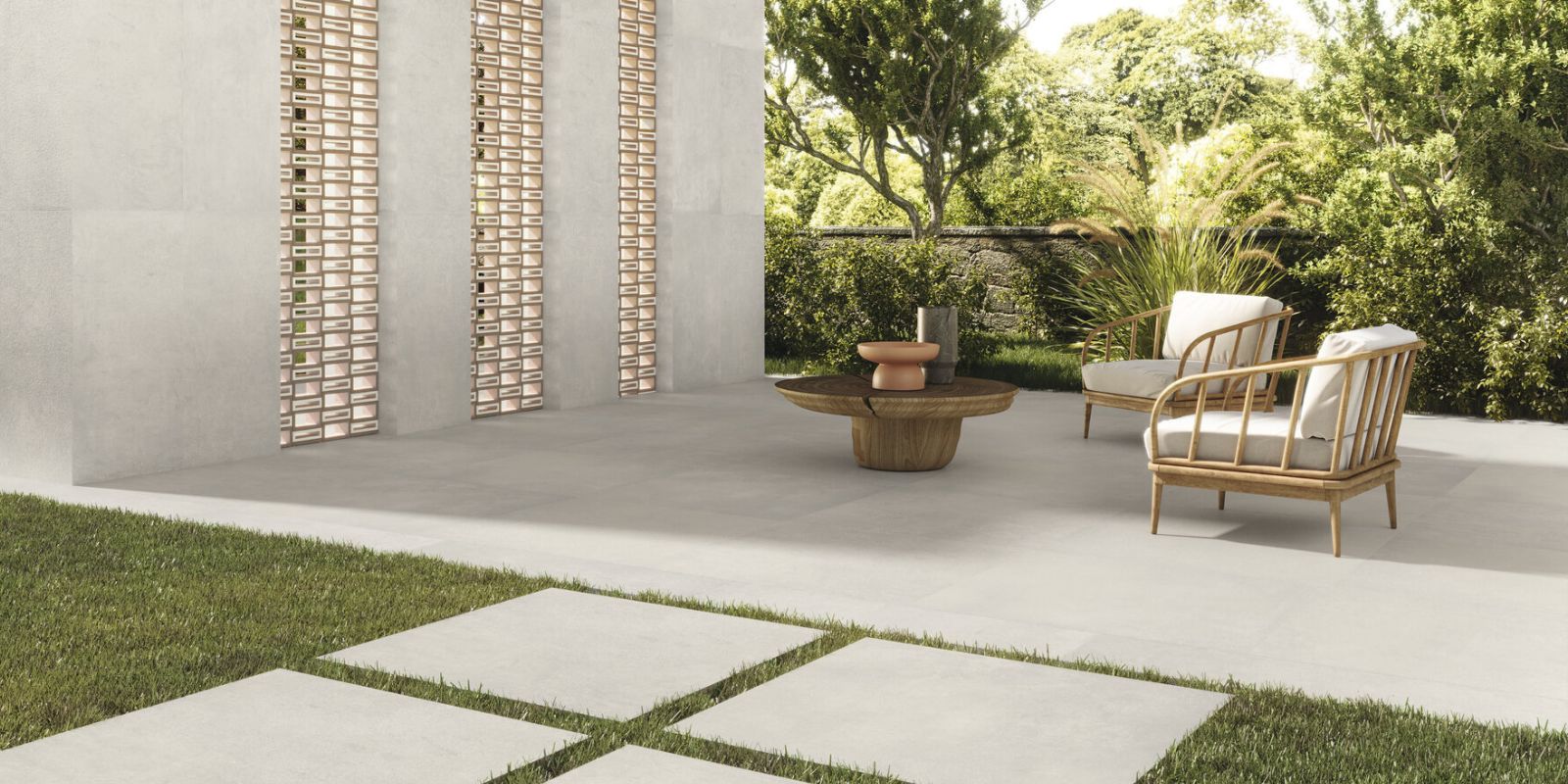
Selecting Durable and Stylish Materials
Choosing Long-Lasting Finishes
England's ever-changing climate demands weather-resistant materials, including rustic options, that can withstand rain, wind, and temperature fluctuations. Stainless steel remains a top choice for cabinetry and appliances due to its exceptional resilience, rust resistance, and ease of maintenance. For even greater durability, consider marine-grade stainless steel (304 or higher), which offers enhanced protection against corrosion in outdoor environments. Additionally, materials like natural stone, granite, and treated hardwood can bring both durability and aesthetic appeal to your outdoor kitchen, ensuring it remains functional and beautiful for years to come.
Tile Flooring for Outdoor Kitchens
Outdoor anti-slip porcelain tiles are an excellent flooring option for garden kitchens, combining practicality with style. Here’s why outdoor anti-slip porcelain tiles make sense, especially when complemented by sail shades:
- Durability: Porcelain tiles are highly resistant to temperature changes, UV exposure, and heavy foot traffic, making them suitable for year-round outdoor use.
- Safety: Their textured finishes provide superior grip, reducing slip risks even in wet or greasy conditions, which is essential for a safe cooking and dining environment.
- Low Maintenance: These tiles are stain-resistant and easy to clean, allowing for quick wipe-downs after lively barbecues or garden parties.
- Design Versatility: Available in a wide range of finishes such as natural stone, wood, concrete, or marble effects, porcelain tiles can complement any garden style, from rustic to modern.
By choosing highly durable materials like these, you ensure your outdoor kitchen not only stands up to the elements but also retains its style and functionality through every season.
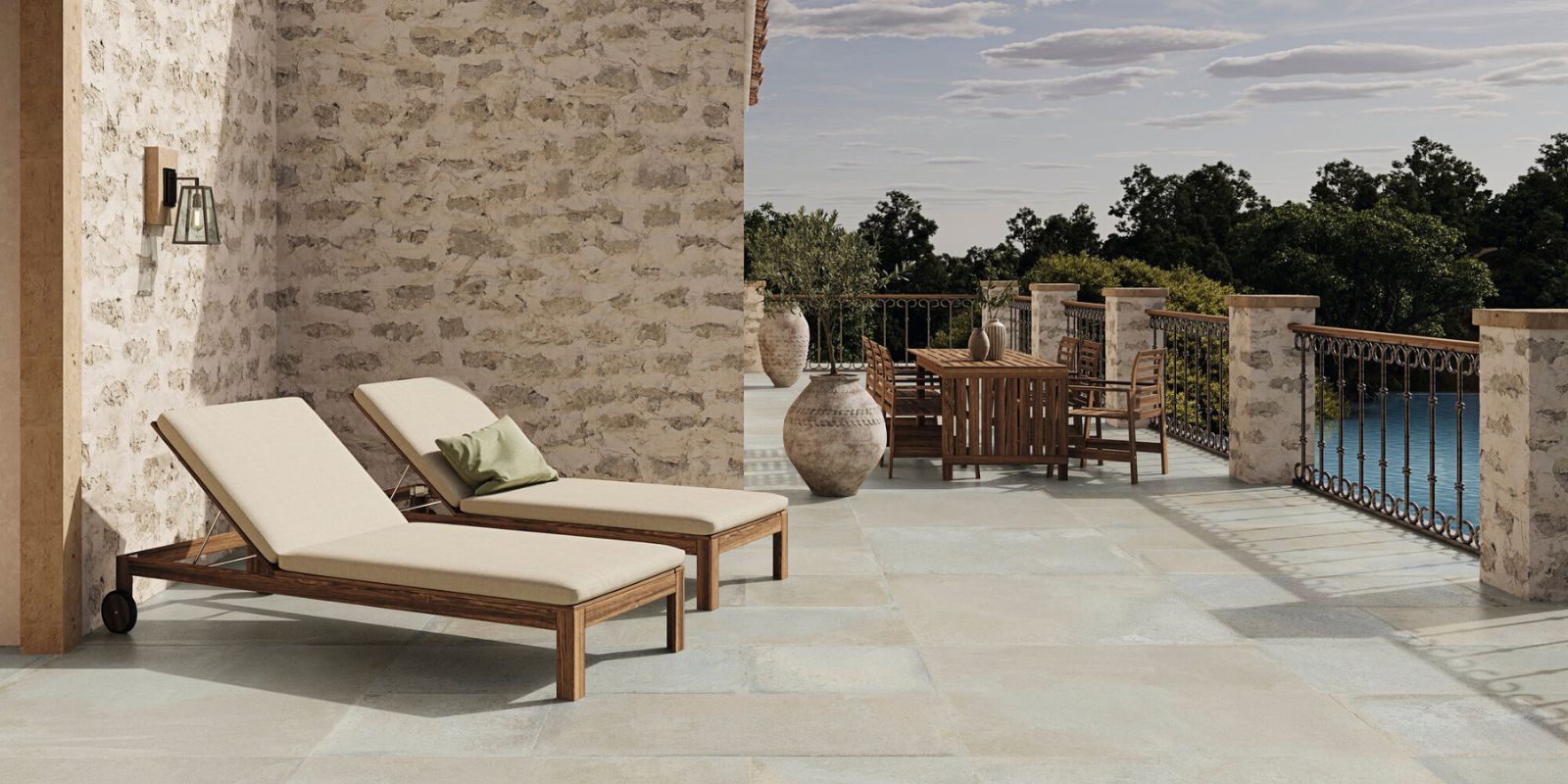
Enhancing Functionality with Smart Features
Storage Solutions
Install waterproof cabinets and drawers specifically designed to withstand outdoor conditions, ensuring your grilling accessories, cutlery, and serveware stay protected from the elements. Opt for built-in units featuring soft-close technology and internal organisation compartments, making it easy to keep everything tidy, accessible, and secure. Thoughtful storage solutions reduce clutter and streamline your cooking process, allowing you to focus on enjoying your outdoor entertaining space.
Built-In Lighting and Heating
Extend the usability of your outdoor kitchen well into the evening and cooler months by incorporating built-in LED lighting. Strategically placed task lighting around cooking and prep areas ensures safety and convenience after dark. For additional shelter from sun and light rain, consider installing sail shades over your decking as a flexible, removable option. Complement this with overhead heaters, fire pits, or even infrared heating systems to create a warm, inviting atmosphere that encourages year-round use of your outdoor kitchen, regardless of the weather.
Outdoor Appliances
Invest in appliances specifically designed for outdoor use, such as weather-rated fridges, beverage coolers, and dishwashers that can handle exposure to moisture and temperature fluctuations. High-end grills with multi-burner systems, charcoal grills and smokers for traditional smoky flavour, or wood fired ovens and wood fired pizza ovens add gourmet capabilities to your setup, allowing you to cook a wide variety of dishes with ease. For homeowners interested in a hands-on approach, there are also DIY options for building your own ovens or kitchen elements. Selecting durable, purpose-built appliances ensures reliability and enhances the overall functionality of your outdoor cooking space.
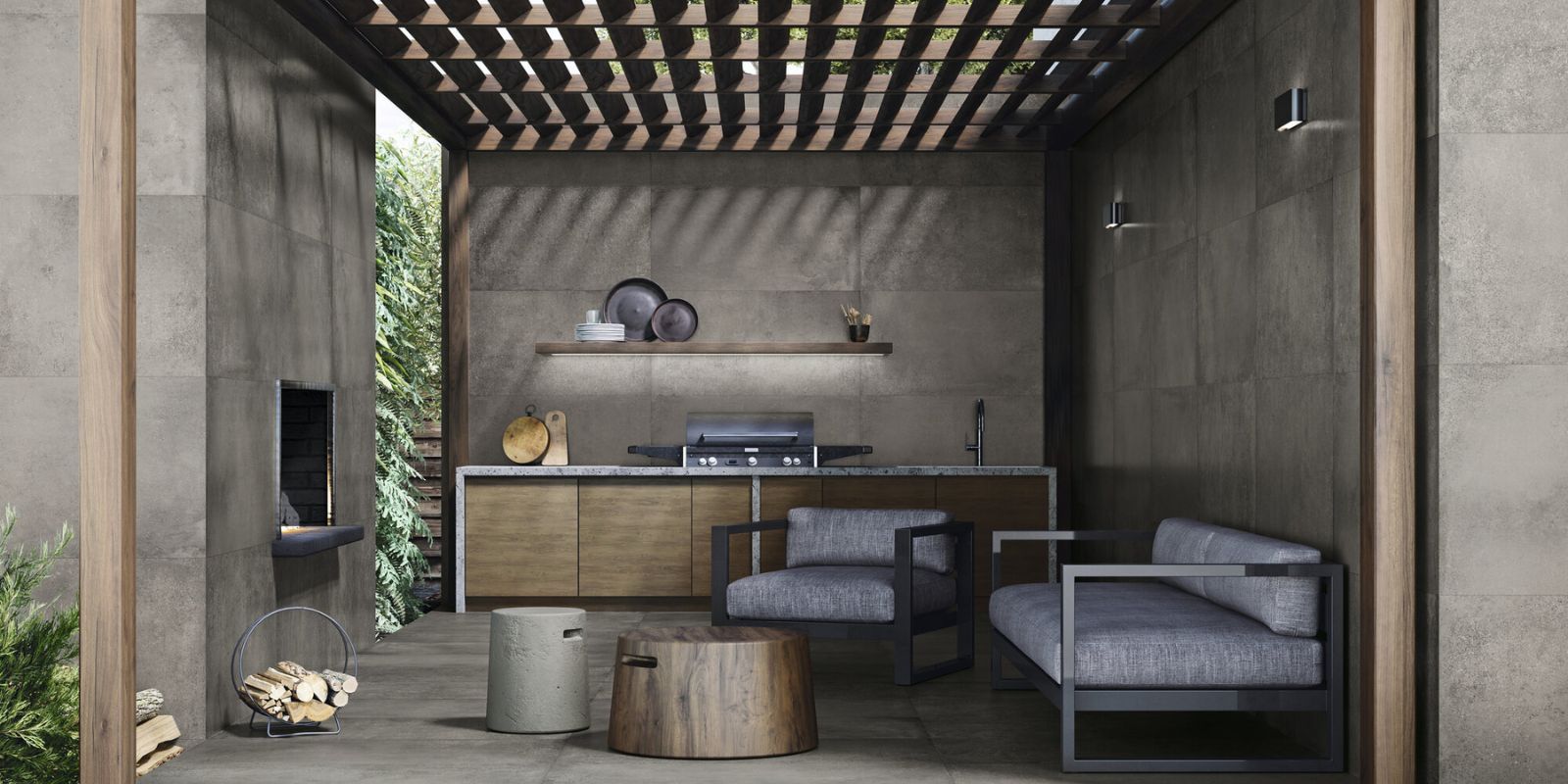
Design Cohesion: Blending Indoor and Outdoor Spaces
Continuity in Flooring and Materials
Extend your indoor design language into the garden using similar tiles, colour schemes, and finishes. Seamless transitions between internal and external floors can visually enlarge the space.
Decorative Touches
Use planters, pergolas, and soft furnishings to add warmth and texture. Cladding walls in stone or porcelain-effect panels enhances the visual appeal and reinforces weather resistance.
Safety and Maintenance in Your Outdoor Kitchen
Safety and maintenance are essential for getting the most out of your outdoor kitchen and ensuring every outdoor cooking experience is enjoyable and worry-free. Regularly inspecting your cooking equipment, appliances, and surfaces helps prevent accidents and keeps your outdoor kitchen in top condition. Clean grills, pizza ovens, and countertops after each use to avoid grease build-up and maintain hygiene. Check for any signs of wear or damage, especially in areas exposed to the elements, and address issues promptly to extend the life of your outdoor kitchen. By making safety and maintenance a routine part of your outdoor cooking, you’ll create a welcoming and reliable space for family and friends to gather all year round.
Fire Safety and Ventilation
When it comes to outdoor kitchens, fire safety and proper ventilation are absolutely essential. Always position your wood fired pizza oven, grill, or charcoal barbecues and other cooking equipment in a well-ventilated area, away from flammable materials like wooden decking or overhanging branches. Make sure your pizza oven or grill is installed according to manufacturer guidelines, and keep a fire extinguisher within easy reach for added peace of mind.
Personal safety is just as important, wear gloves and use appropriate tools when handling hot ovens or grills to protect yourself from burns. Never leave cooking unattended, and regularly check that all appliances and ovens are in good working order. Adequate ventilation is crucial to prevent the build-up of smoke and fumes, ensuring a safe and comfortable cooking environment. By following these essential safety practices and maintaining your outdoor kitchen regularly, you can enjoy delicious meals and memorable moments with confidence.



